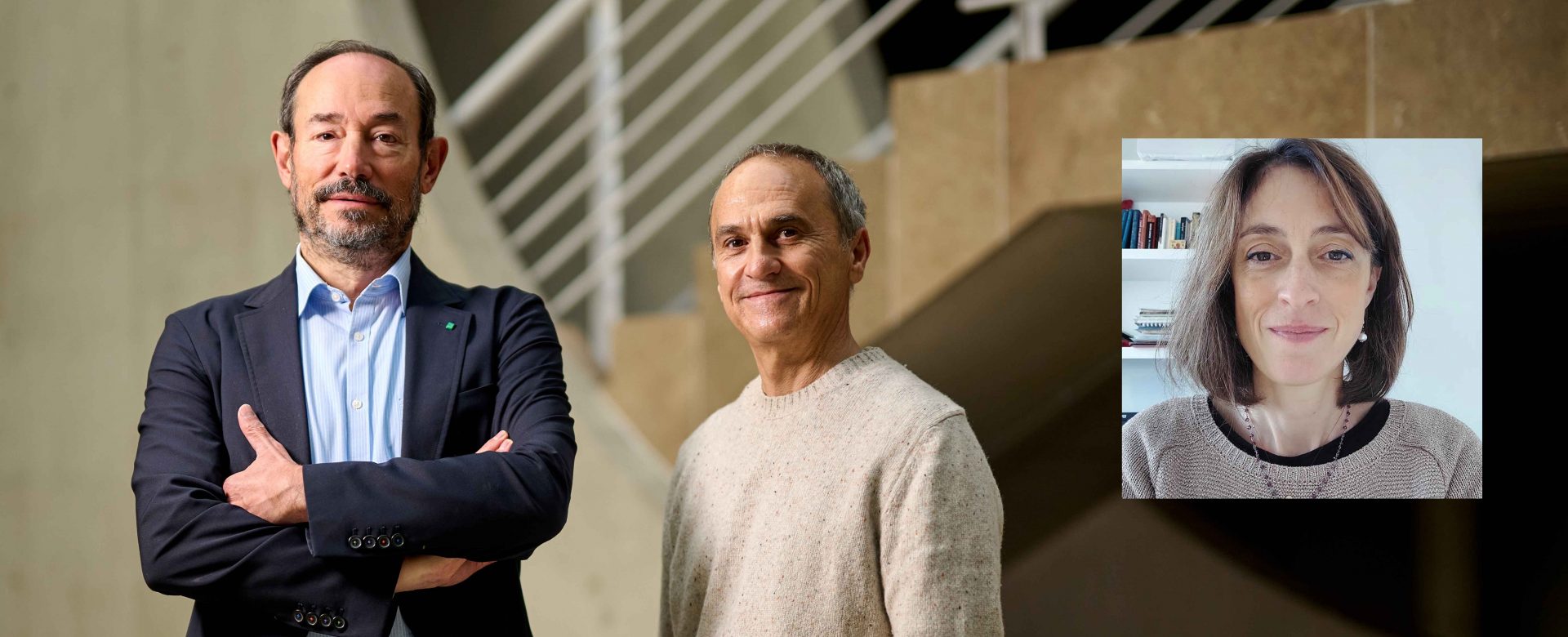
Jesús López Fidalgo, Caterina May and José Antonio Moler Cuiral
SPANISH SOCIETY OF STATISTICS AND OPERATIONS RESEARCH (SEIO)-BBVA FOUNDATION AWARDS
Best applied contribution in the social arena, innovation or knowledge transfer in the statistics field
2024
For their paper "Designing experiments for estimating an appropriate outlet size for a silo type problem," published in Annals of Applied Statistics, which the committee described as "an interesting application of C-optimal design to approximate the maximum likelihood estimator of a linear combination of unknown parameters with minimum variance."
CONTRIBUTION
Large storage facilities such as grain silos are regularly subject to blockages that are not only costly in economic terms but may also have a serious environmental impact. “Take the real case of a mine, where the mineral is tipped down a vertical tunnel, and any jams that form have to be cleared with dynamite,” explains Jesús López Fidalgo, Professor of Statistics at the University of Navarra. To address this challenge, López Fidalgo – and his colleagues Caterina May, Associate Professor of Statistics at the University of Eastern Piedmont (Italy) and a research associate at King’s College London (United Kingdom), and José Antonio Moler, Associate Professor of Statistics and Operations Research at the Public University of Navarra (UPNA) – have developed statistical tools to model potential blockages in silos and similar storage facilities, the aim being to minimize their impact.
The award for the best applied contribution in statistics recognizes this novel contribution, set out in the paper “Designing experiments for estimating an appropriate outlet size for a silo type problem,” published in Annals of Applied Statistics.
“By accurately modeling this process we can estimate the right diameter of tunnel to avoid jams for as many years as are needed to amortize the mine,” López Fidalgo explains. In effect, the study has optimized the design of small-scale experiments to simulate blockages, successfully determining the outlet sizes to be used in experimental simulations. The result is a model that is as close a fit as possible, with the ability to predict how a tunnel should be designed to prevent jams forming in the next 20 years. Hence the committee’s opinion that the team’s contribution “has a clear social and economic impact in agriculture and industry, with important implications in risk assessment.”
The authors of the awardee study are especially pleased at having contributed through their work to transfer useful knowledge from the university to the industrial sector, helping companies with problems of silo storage to improve their production processes. “We statisticians,” says López Fidalgo, “have to roll up our sleeves and strive to familiarize society with our work and the practical application of the statistical models we use.”
Caterina May photo: provided.
